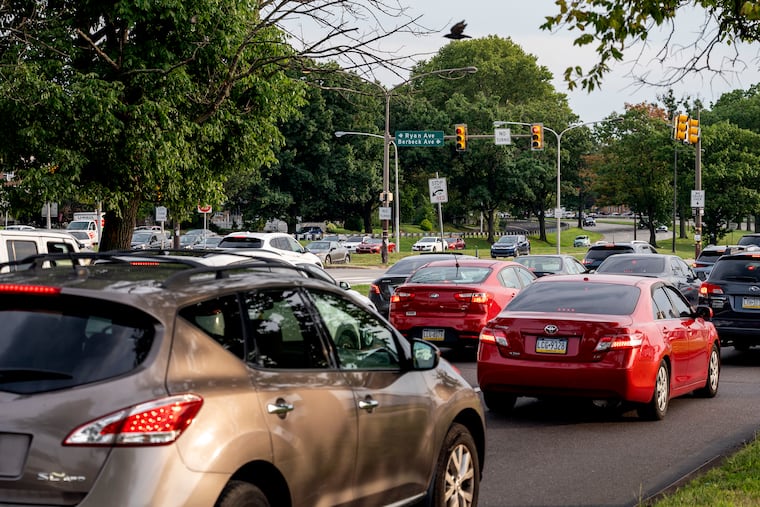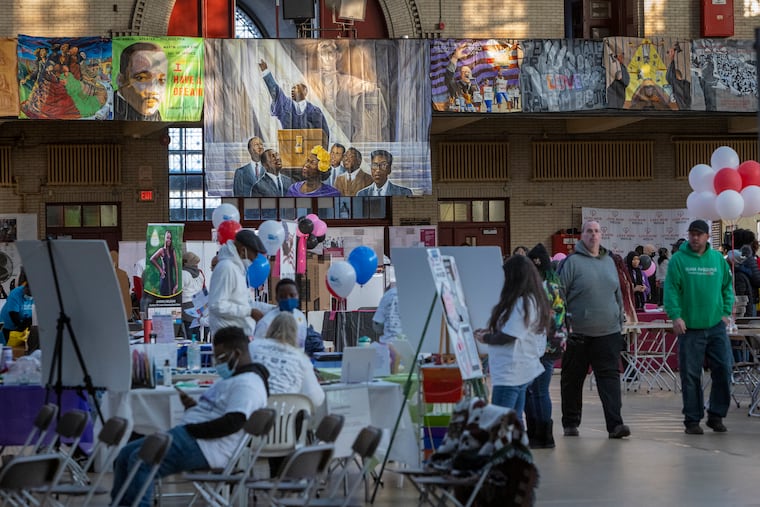Philadelphia needs increased investment in its transit system rather than only maintaining current services.
As urban transit systems across the United States evolve, Philadelphia finds itself at a critical juncture. Recent developments highlight the pressing need for forward-thinking transportation investments that could enhance connectivity within the region. The reopening of PATCO’s Franklin Square station this past April marked a significant milestone, being the first new station in the city since the Spring Garden station opened in 1977. While Governor Josh Shapiro’s current proposal aims to stabilize the city’s transit infrastructure, experts argue that it represents more of a temporary fix than a visionary approach.
The general consensus among urban planners and transit advocates is that Philadelphia must pursue transformative initiatives, much like those seen in cities such as Seattle, Los Angeles, and Denver. These municipalities demonstrate the positive impact of robust transit investments, which have been linked to economic development, improved air quality, and enhanced living standards. Philadelphia, however, finds itself grappling with a transit funding model that prioritizes survival over innovation.
A promising project that could redefine the region’s transit landscape is the proposed Roosevelt Boulevard Subway. Recent studies conducted by PennDot indicate that this line could serve upwards of 62,000 daily riders, illuminating a significant unmet demand for transit options in Northeast Philadelphia. Community feedback collected during multiple town halls underscores a palpable desire for improved access to economic opportunities, with residents viewing the Boulevard subway as a vital link to a more prosperous future.
This proposed Metro line would stretch across a 15-mile corridor from Hunting Park to Neshaminy Mall, providing essential connections to Center City. However, it is crucial to recognize that the Boulevard subway is just one element of a broader vision for regional transit reform. A potential PATCO extension from Rittenhouse to University City could significantly enhance connectivity, delivering direct access to key institutions such as the University of Pennsylvania and Drexel University, as well as opening avenues for South Jersey residents to the burgeoning economic landscape of West Philadelphia.
Furthermore, the ongoing transformation of the Navy Yard into a dynamic residential and innovation hub necessitates direct subway access, addressing the needs of a rapidly evolving area in South Philadelphia. Similarly, revitalizing the Schuylkill Valley Metro project could catalyze growth in neighboring regions like Norristown and Reading, while upgrades to Regional Rail stations could increase both service frequency and commuter convenience.
In summary, the integration of these various projects could contribute to a cohesive transit network, fundamentally altering how communities interact and access opportunities in Philadelphia. While SEPTA currently operates on a budget of .7 billion to serve approximately 800,000 daily riders, cities prioritizing transformative transit investment have allocated significantly higher budgets, tailored to achieve comprehensive coverage and service distribution.
Community support for these initiatives is robust, with citizens expressing a desire for meaningful change. As executive decisions are made, it is imperative that local leaders champion the kind of ambitious infrastructure investments that Philadelphia desperately needs. With a clear blueprint and substantial community backing, the time is right for Philadelphia to realize its vision of a world-class transit system. Investment in such opportunities would not only fulfill local demands but also position the city for a prosperous and connected future.
Media News Source.







